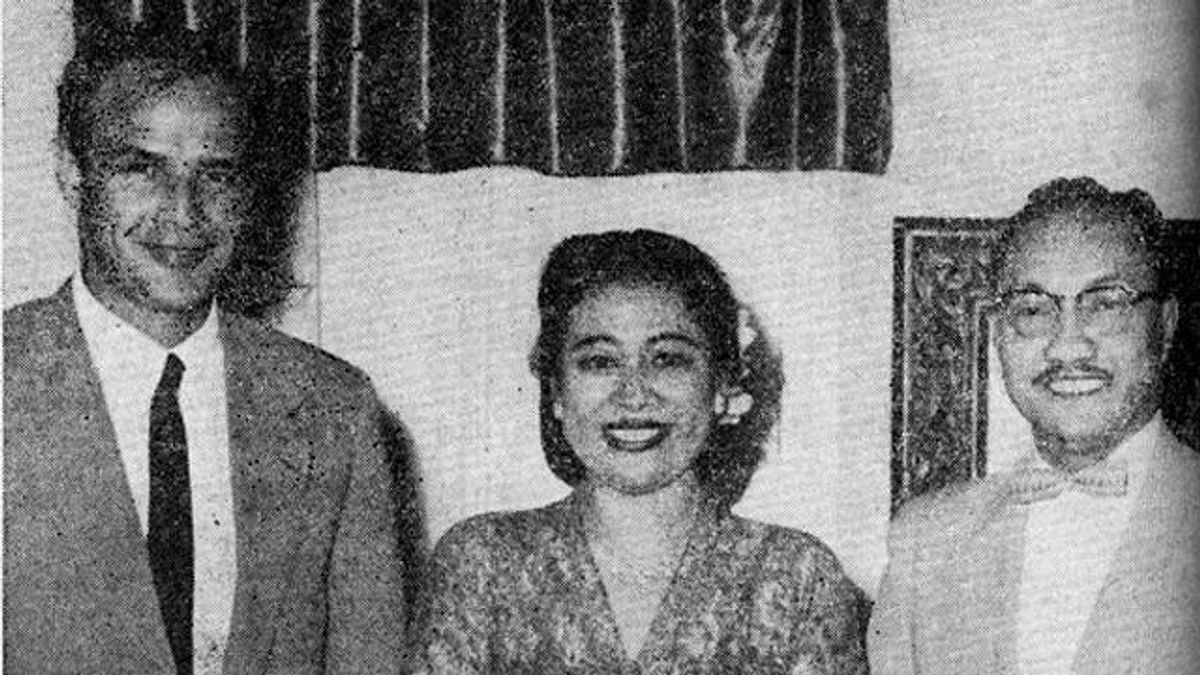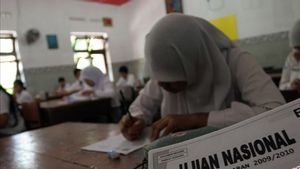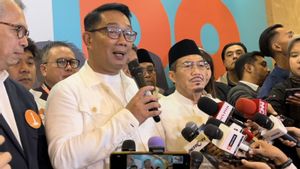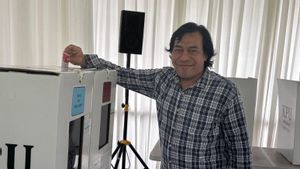JAKARTA History today, 67 years ago, March 10, 1956, First Lady Fatmawati Soekarno inaugurated the Indonesian Film Artists Association (PARFI) organization. The presence of PARFI is predicted to be a form of commitment by film artists throughout the country to advance national cinema.
Previously, the Indonesian film industry began to be excited in the 1950s. However, the flames of film people were disturbed by the circulation of many films from abroad. As a result, the spirit of national cinema is less developed and withered.
Indonesia's independence was greeted with great fanfare by all Indonesian people. Film artists, especially. They feel that independence is the path of the national film industry towards an era of progress. Geliat, film people, work on film production, not only in the absence of two. Moreover, the space to produce films is wide open. even though the issue of funds is a big problem.
Films with the theme of the independence revolution have emerged. These characteristics can be seen from the many films that came out in the 1950s. They feel the medium of film is the right means to spread the spirit of nationalism.
National film figures have also emerged. Among others, Doctor Huyung, Bactiar Siagian, Djamaluddin Malik, to Usmar Ismail. They work on films with their own creativity and patterns.
The audience was enthusiastic about their film. Moreover, state officials. Indonesian filmmakers are supported by many parties. Moreover, the number of film productions can increase sharply in reaching 40 titles in the 1950s. This number indicates that the world of national cinema is growing rapidly.
In 1951 the number of film production shot up to 40 titles including the highest number of productions before war, a decade earlier, which was 30 titles in 1941. Another interesting phenomenon can be seen in the following reality: although many Indonesians were involved in production in Chinese, Dutch and Japanese companies, the national film milestone was when Usmar Ismail produced his film entitled The Long March or Death and Prayer in 1950.
"How many figures must be recorded as pioneers of national films are Doctor Huyung, Djamaluddin Malik, Usmar Ismail, and Bachtiar Siagian. The four figures have a theater background despite coming from different social environments. These similarities and differences are very visible in their films and political affiliations in the future," said Garin Nugroho and Dyna Herlina S. in the book Crisis and Paradox of Indonesian Films (2015).
The national film rate is not without problems. At that time, the presence of foreign films also flooded Indonesia. As a result, the screening hours of Indonesian films are getting less and less on cinema screens. Film people are moving.
They want to create a forum capable of supporting the pace of national cinema. PARFI, his name. The organization was later inaugurated by the First Lady, Fatmawati Soekarno at the SBKA Manggarai Building, Jakarta, on March 10, 1956. The mother of Megawati Soekarnoputri hopes that the presence of the PARFI can bring national cinema to the fore. And at the first musyarawah Suryo Sumanto was elected as chairman of the PARFI.
PARFI merupakan organisasi yang cukup tua. Standun pada tanggal 10 Maret 1956 di Gedung SBKA Manggarai, Jakarta. Peresanannya dilakukan oleh bisa kami Negara Fatmawati Soekarno. Sejak awal bersediri, PARFI sudah rencanakan untuk menjadi organisasi profesional yang bisa menyumbang daruma bakti.
"In order to realize the ideals of advancing the nation and state based on Pancasila and the 1945 Constitution. The PARFI organization is expected to be able to become a pillar to build the strength of artists to commit and participate in advancing National Film," explained Jenny Rachman as written by Alberthiene Endah in the book Jakk Batin Jenny Rachman: How come Ridha Nya(2010).
The English, Chinese, Japanese, Arabic, and French versions are automatically generated by the AI. So there may still be inaccuracies in translating, please always see Indonesian as our main language. (system supported by DigitalSiber.id)










